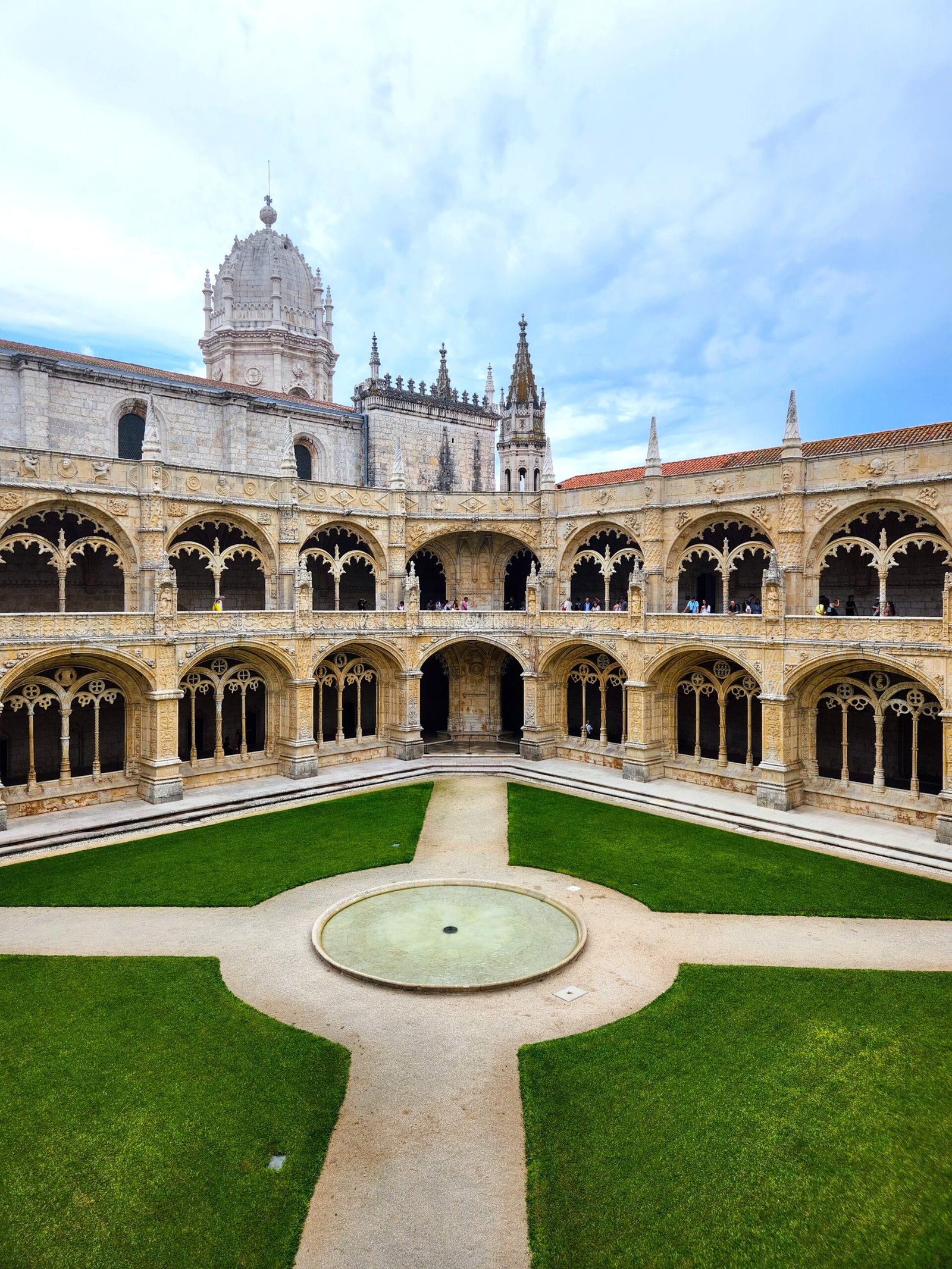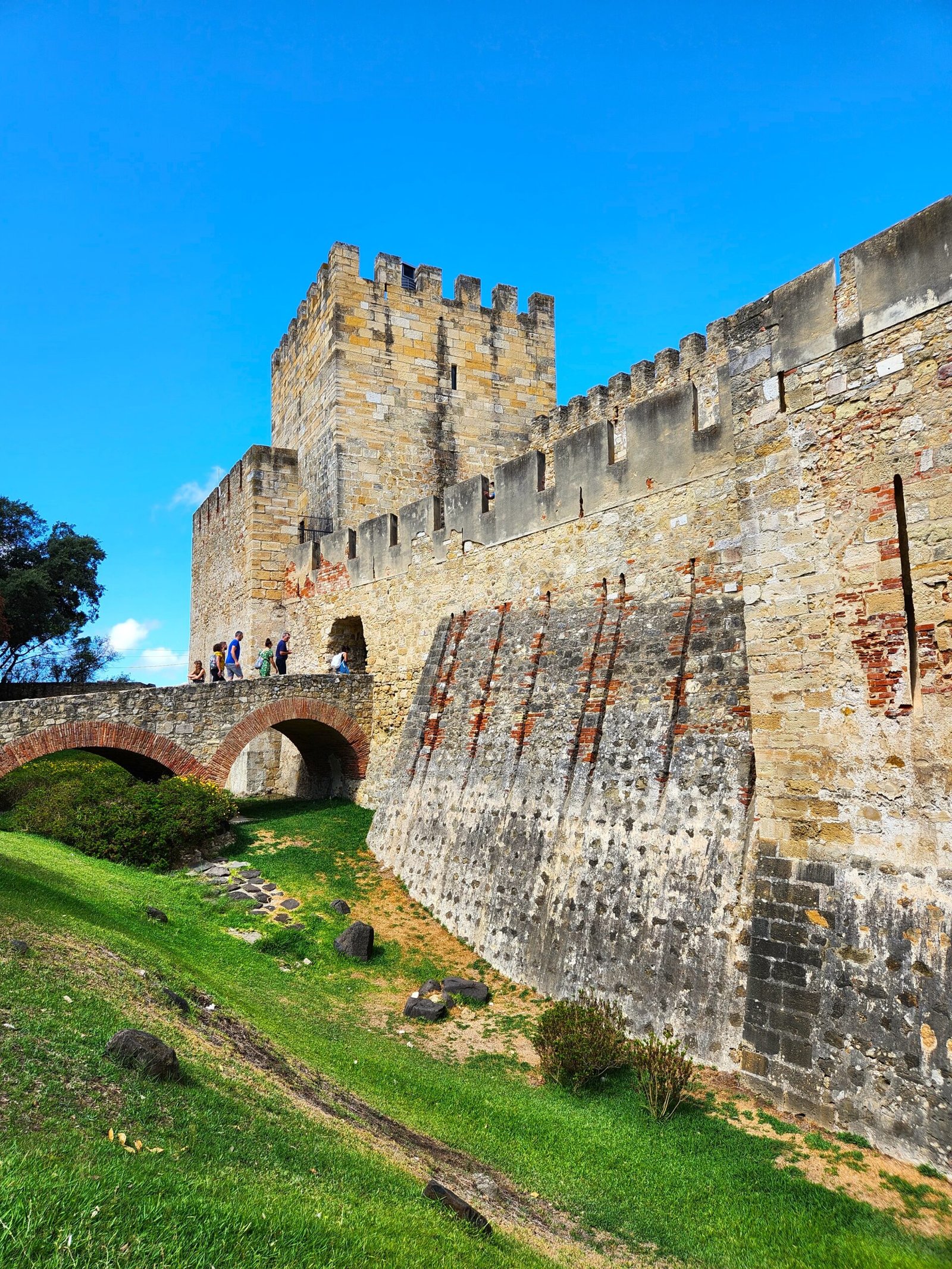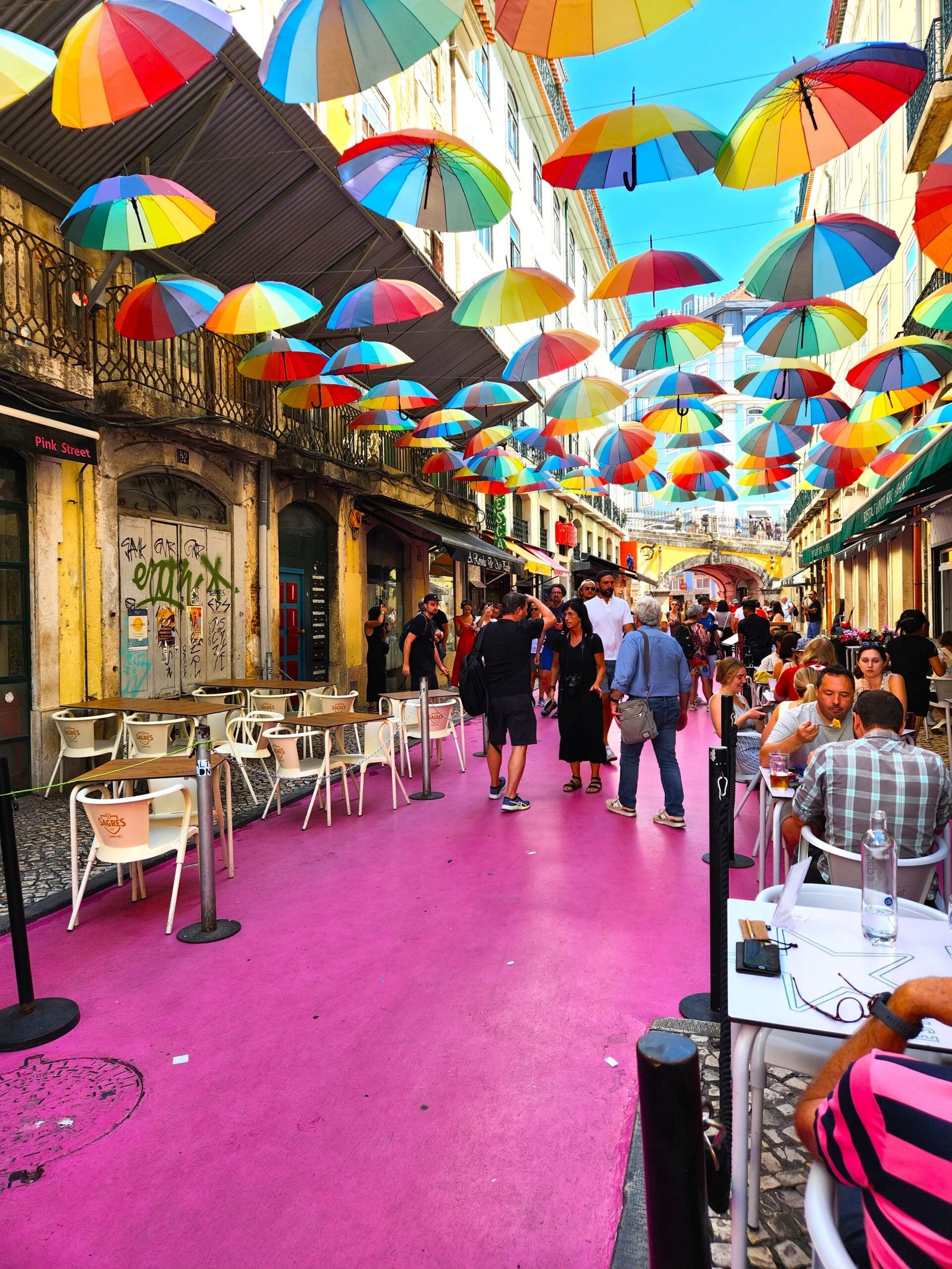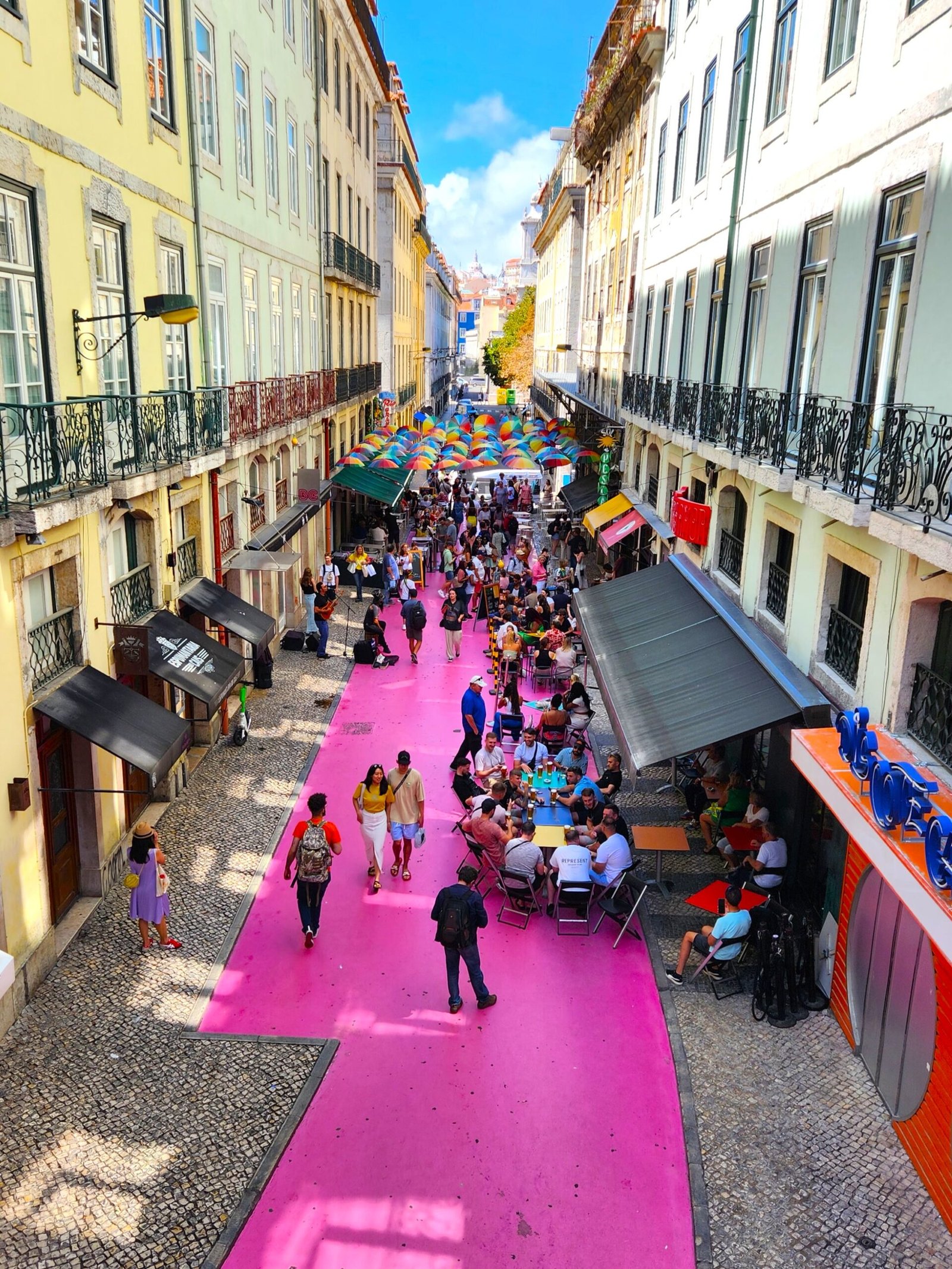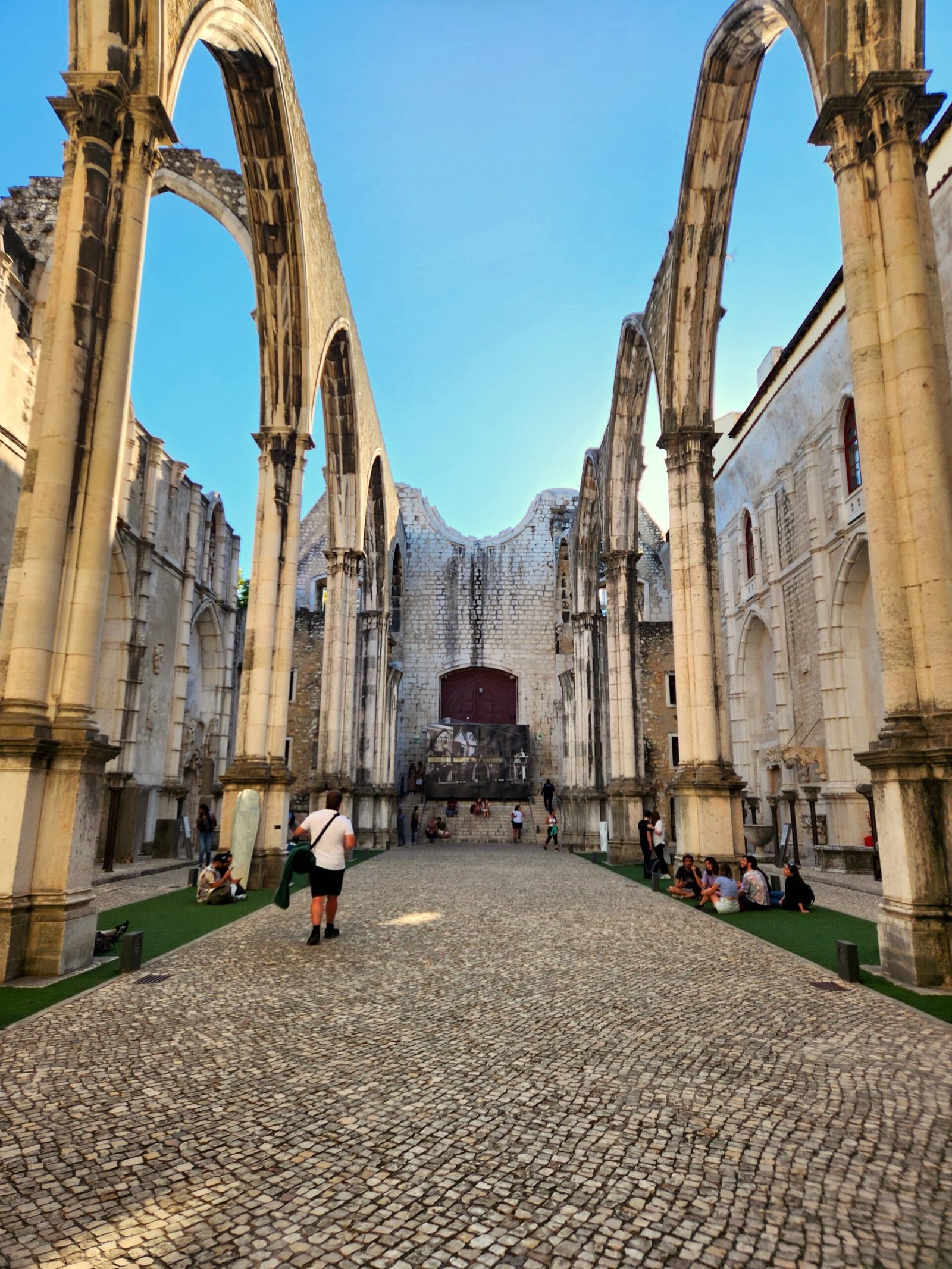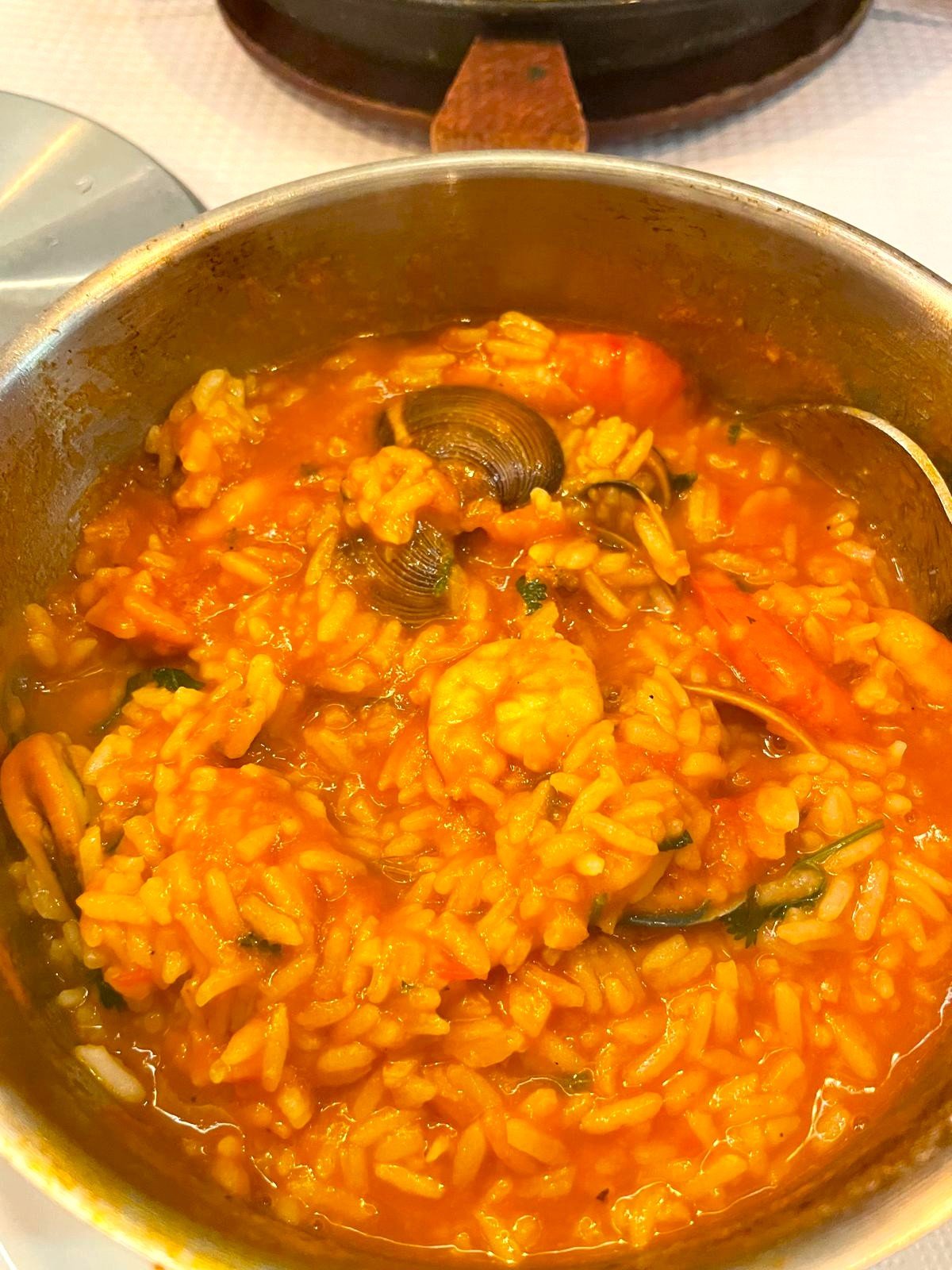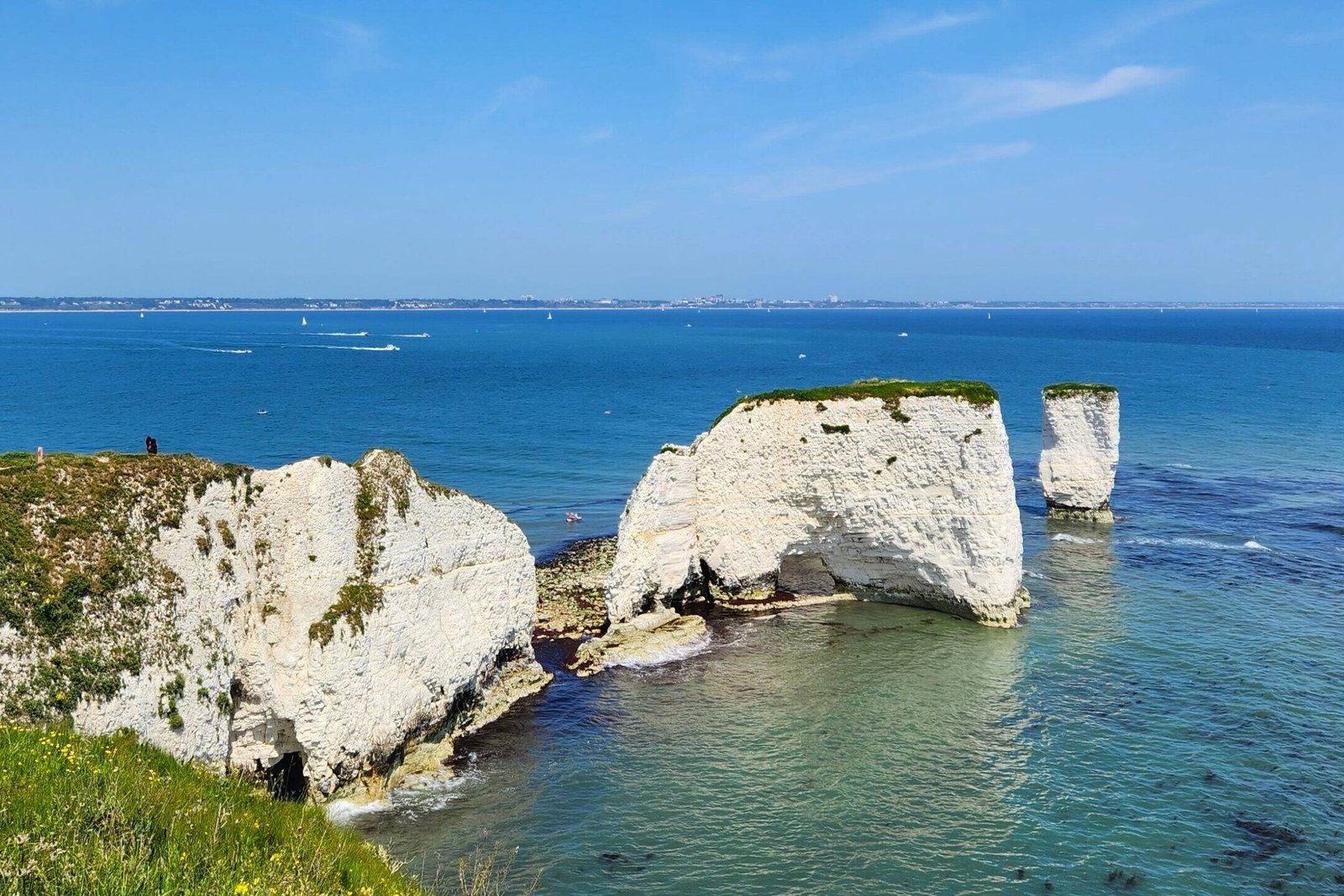Lisbon is Portugal’s captivating and historic capital. Explore the cobblestone streets of Alfama, the city’s oldest district and climb the walls of Castelo de São Jorge for unforgettable views of the city. Marvel at the architectural wonders of the Belém Tower and the Jerónimos Monastery and eat delicious Portuguese food on the cobblestone streets in the Baixa district. We fell in love with this beautiful city and we are sure you will too.
A quick look at Lisbon
Country: Portugal
Population: 545,142
Language: Portuguese
Currency: Euro
Best Month to Visit: August
Must See: Jerónimos Monastery
Must Eat: Pastel de Nata
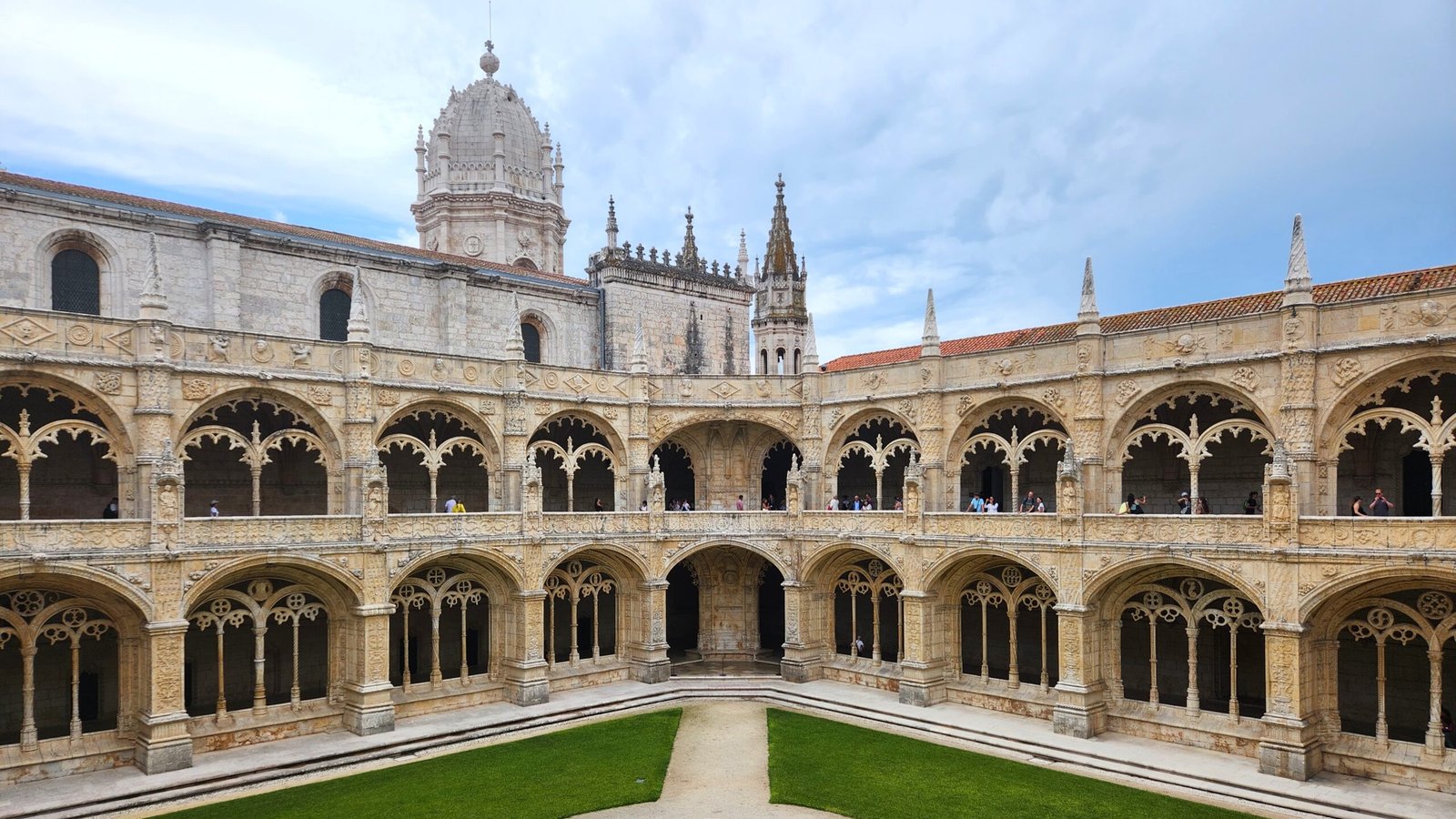
How to get to Lisbon
Most people will fly into the Lisbon Airport (LIS) and from there you have a number of option to get to the city centre.
Metro: The Lisbon Airport has a Metro (subway) station with a direct line to the city centre. The ‘Aeroporto – Saldanha’ line takes you to downtown Lisbon in about 20 minutes.
Bus: There are city and intercity buses that stop near the airport arrivals terminal. Only luggage with a maximum size of 50x40x20cm is allowed on city buses.
Check out the Carris website for routes and schedules.
Shuttle: Coimbra Airport Shuttle provides a shared door-to-door transfer service between the Center of Portugal.
Check out the Coimbra website for more information and booking.
Taxi: You can always find a taxi at the airport, normally queueing outside the departures and arrivals terminals. Depending on traffic, the journey to the city centre is quick, costing between 10 and 15 euros, including luggage fees.
Getting Around Lisbon
Lisbon has a really good public transport system including a modern Metro system as well as buses, trams and overground trains. To purchase tickets you can buy single tickets from vending machines or use tap and go with a wireless credit/debit card. If you plan to utilise public transport it’s more economical to buy a travel pass.
Lisboa Card: The Lisboa Card is the best option for tourists, as it offers free admission to most monuments and museums, it also includes unlimited rides on the buses, trams, funiculars, trains, and metro. You can buy it for periods of 24, 48, or 72 hours. Check out all the details here: Lisboa Card
Navegante occasional card: A rechargeable travel card that can be used on public transport. You can buy one from ticket vending machines and ticket offices and load it with a full-fare ticket or pay-per-ride credit. The ticket is valid for any Train, Bus, tram & funicular provided by Carris which includes: Tram 28, all of Lisbon’s funiculars and Elevador Santa Justa. The advantage over using the card to buying single tickets is that the fare is cheaper using the card.
If you are only staying for a couple of days you can just buy a day ticket as it will give you access to all the public transport for 24 hours.
When is the best time to visit Lisbon
Lisbon has mild winters and beautiful hot and dry summers so is a great place to visit year round with the best time to visit being in the Summer months (June-August). If your looking to have good weather and have less crowds consider visiting in the shoulders either side of the summer months.
Where to stay?
Central Lisbon has a bunch of really beautiful neighbourhoods that have cute local cafes and restaurants and beautiful cobblestone streets to explore. If you are on a budget and looking to save some money on accommodation we would recommend staying a further out near one of the Metro lines that serve the city center for ease of access to attractions. Here are some recommendations on nice neighbourhoods to stay in.
Baixa: Central location: Right in the heart of Lisbon, perfect for exploring major attractions. Beautiful architecture, including the Rua Augusta Arch and Praça do Comércio with a bustling atmosphere, lively streets, shops, cafes, and restaurants.
Bairro Alto: Known for its vibrant nightlife, lively bars and trendy restaurants.. The are has charming narrow, cobbled streets with colourful buildings. Close to other neighbourhoods: Within walking distance of Chiado and Baixa.
Alfama: Lisbon’s oldest neighbourhood, with narrow, winding streets and traditional houses. Experience the local Lisbon lifestyle in local bars and restaurants. Amazing panoramic views of the city from São Jorge Castle.
Things to do in Lisbon
Jerónimos Monastery
The Jerónimos Monastery was built in the early 1500s in the Portuguese Gothic Manueline style of architecture and is now a UNESCO world heritage site . The monastery is one of the most popular places to visit in Lisbon and for good reason. Inside you can explore the monastery’s 2 storey cloister that has highly decorated with detailed columns and arches. You will also find the tomb of Vaco da Gama the person know for being the first European to reach India by Sea. There is also a church attached that is built in the same style as the cloister that you can visit also. This is a really beautiful and peaceful place to come and explore.
Belem Tower
Belem tower is another UNESCO world heritage site and iconic historical spot in Lisbon. Originally built in the 16th century as a fortified customs house and a defence against invaders, and launching spot for Vasco da Gama and other Portuguese explorers as they embarked on their voyages of discovery. While You are here you can visit the tower and climb to the top for breathtaking panoramic views of the city skyline and the Targus river or just admire it from the outside.
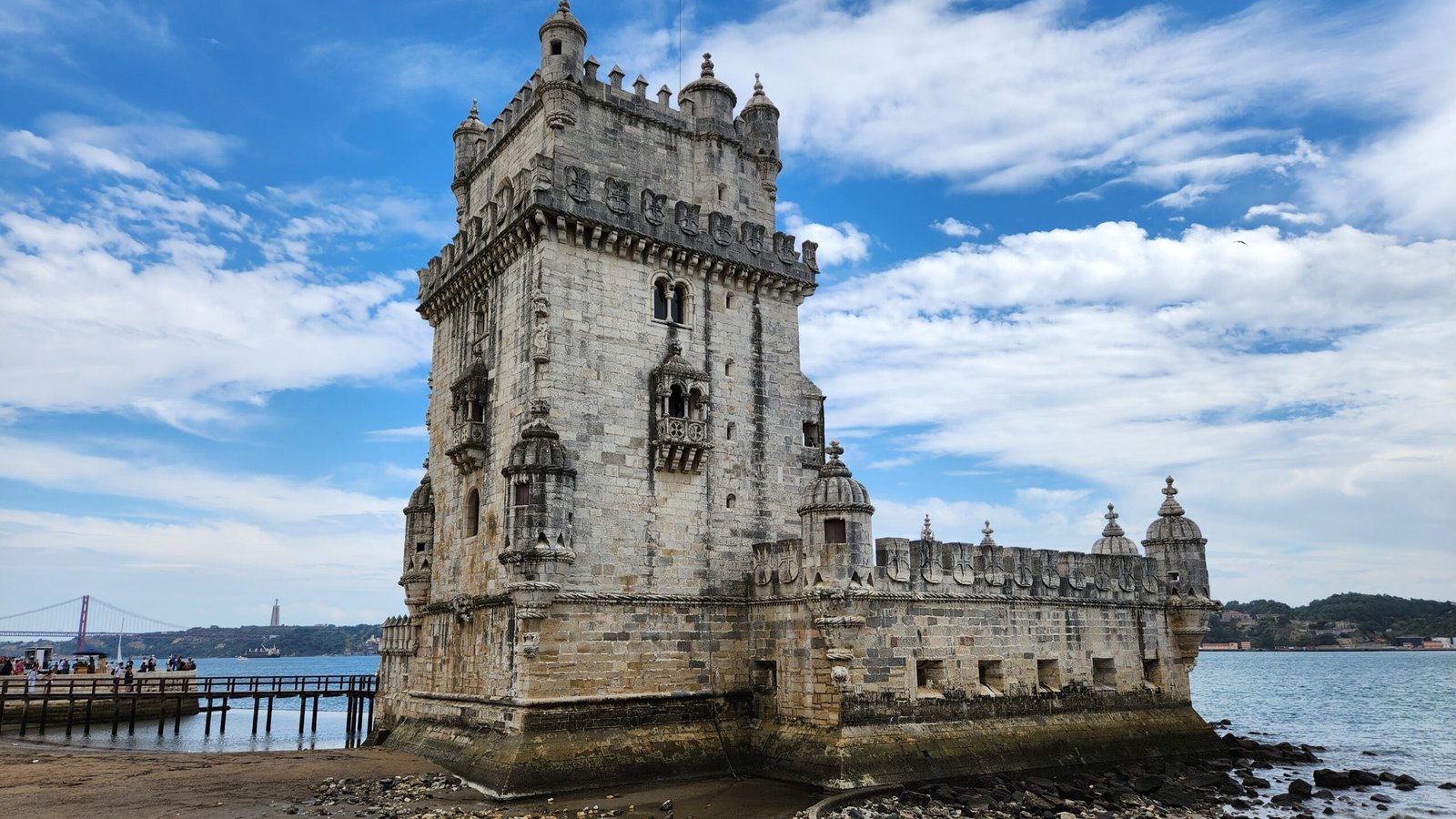
Castelo de São Jorge
Castelo de São Jorge is Perched high atop a Hill overlooking the city. The castle’s history stretches back centuries, with evidence dating as far back as the 6th century BC. with all the old civilisations leaving their mark here including the Phoenicians, Greeks, Romans, and the Moors. This is probably our favourite spot in Lisbon not only do you get breathtaking panoramic views of the city but it is so much fun exploring the castle and walking on its ramparts.
Ride the Iconic Tram No.28 Tram
One thing you must do when in Lisbon is the ride the iconic yellow trams. The best and most popular route is the No.28 tram that rattles its way through Lisbons most historical neighbourhoods and past iconic landmarks. You can catch the tram no.28 from Praca Martim Moniz and ride it out all the way to campo Ourique. We really enjoyed the experience and the best bit it saved us walking up the steep streets to Alfama.
TRAVEL TIP: The tram can be very busy with the busiest time being around midday. The best time to ride it is early in the day or late afternoon.
You can buy tickets onboard or use a pre paid travel card, it costs €3.10 and if you have a prepaid travel card, the ride will cost €1.80. The Tram leaves every 9 to 12 minutes, and the entire journey takes about one hour.
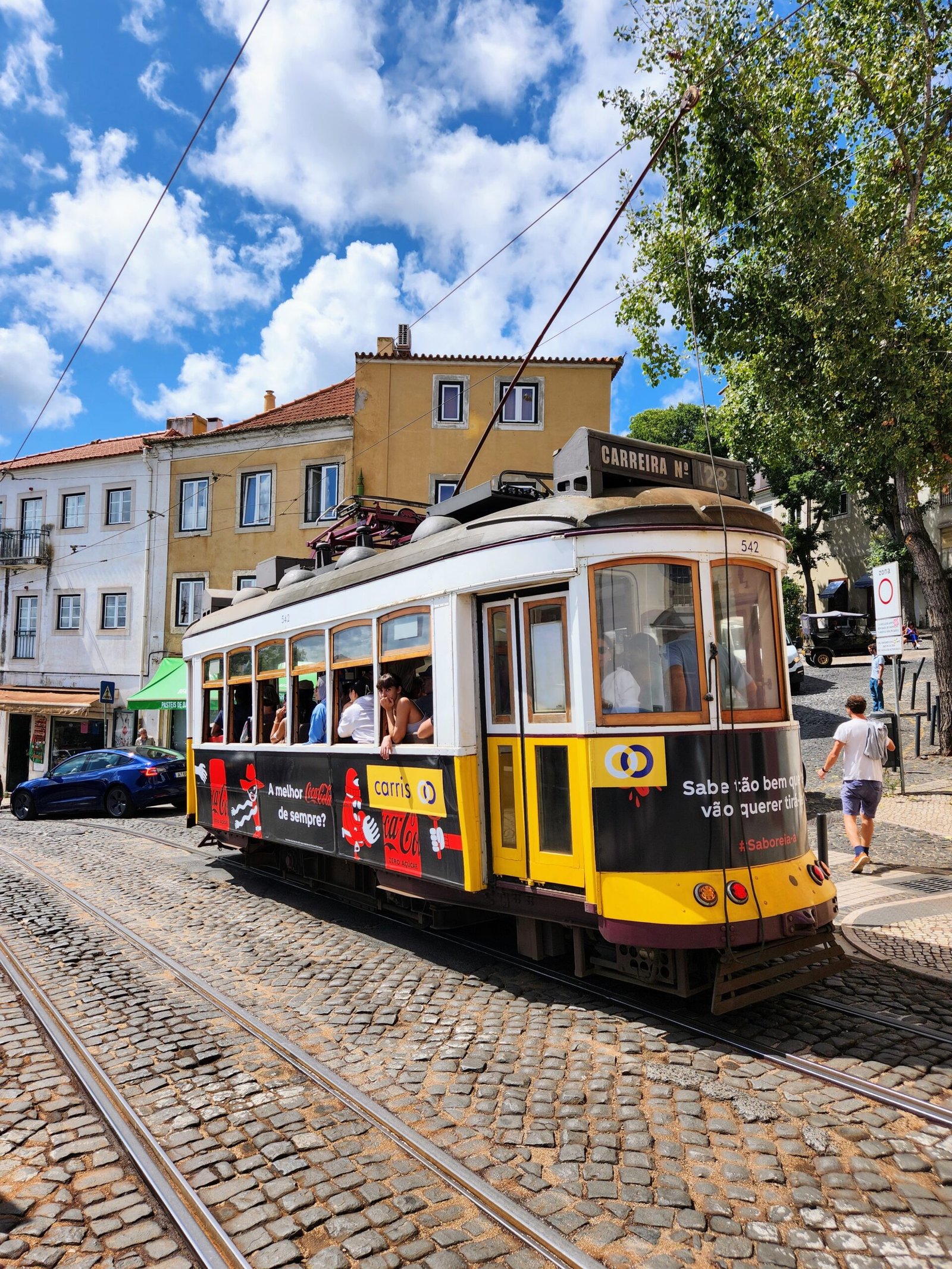
Elevador de Santa Justa
The Elevador de Santa Justa is a urban elevator that connects the lower streets of the Baixa district with the higher Largo do Carmo. The elevator is 45m tall and was was built in 1902 and is made of detailed iron that looks like some sort of steam punk contraption which is actually part true as it was originally powered by steam! It costs €6.00 for a return trip and from the top where there is a viewing platform with amazing view over the city. You can also walk up the street and visit the viewpoint if you don’t fancy riding the lift.
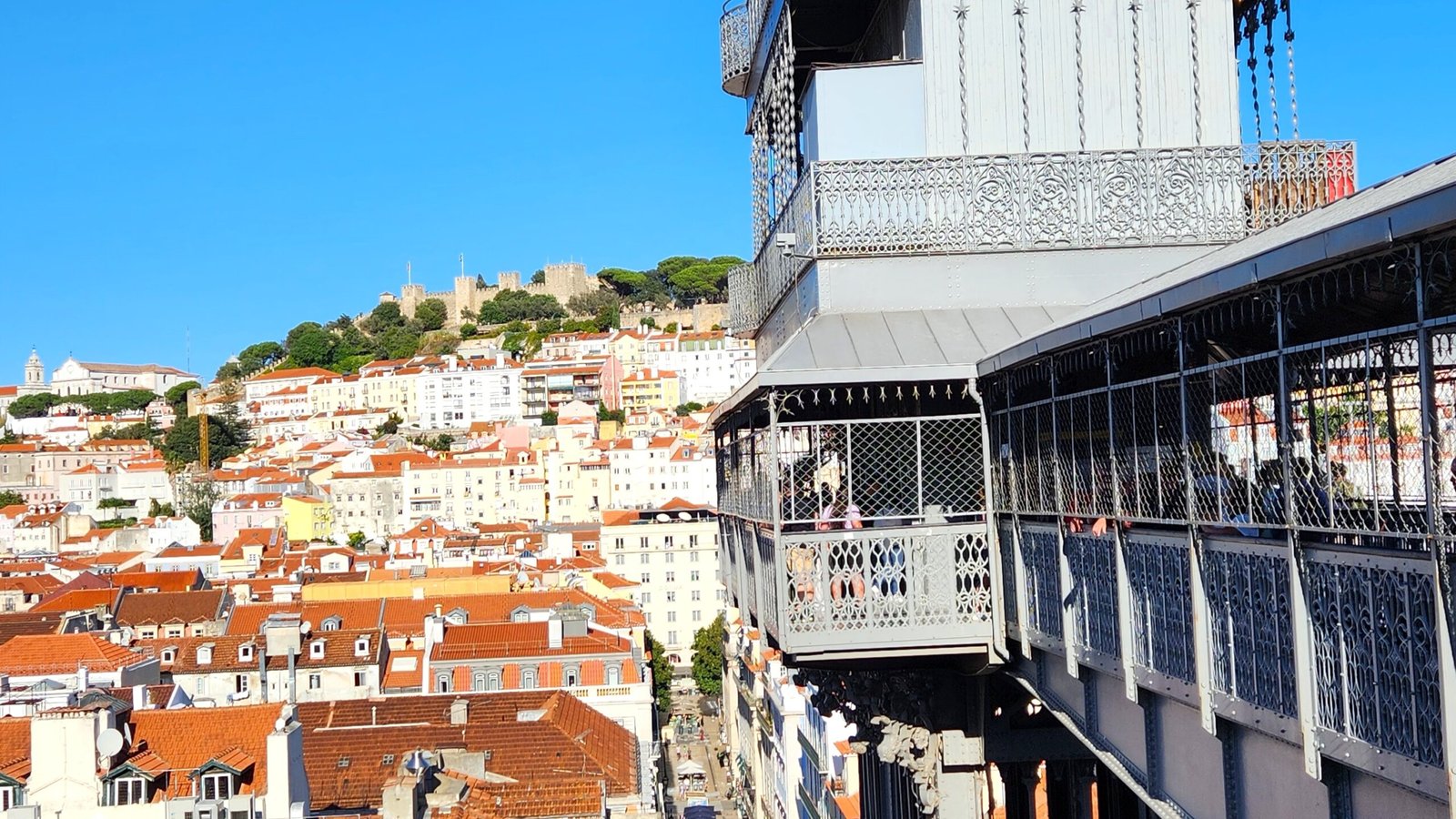
Praça do Comércio
Praça do Comércio is a grand square and iconic landmark located in the heart of Lisbon. The square is one of the largest in Europe and is framed by stunning architecture , featuring beautiful yellow buildings with intricate balconies with ornate details. The square’s history dates back to the 18th century when it was built on the site of the former Royal Palace, which was destroyed in the 1755 earthquake.

Pink street
Pink Street, or its real name Rua Nova do Carvalho, is a vibrant pedestrian street in Lisbon’s Cais do Sodré neighbourhood and one of Lisbons most popular night life spots. This area was once a seedy red-light district, that was transformation where the street was painted bright pink, and the old establishments are now replaced with trendy bars and restaurants. Pink street definitely lives up to its name and is worth popping by for a cheeky adult beverage or a night out.
Carmo Archaeological Museum
The Carmo Archaeological Museum is housed within the ruins of the Carmo Convent, a Gothic church that was destroyed in the 1755 earthquake. The museum has a collection of archaeological artifacts spanning Portugal’s history, from prehistoric times to the Middle Ages. The real star of the show though is the open-air setting of the museum, with its towering Gothic arches and exposed stonework. This place really surprised us the most as we weren’t expecting this really beautiful and unique setting.
Check out the amazing viewpoints!
There are many breathtaking viewpoints around Lisbon that give you commanding vistas overlooking the city. There are a couple in the Alfama district worth seeking out for a great photo or to watch the sunset: Miradouro das Portas do Sol and Miradouro de Santa Luzia, they are very close to each other and offer a similar view. Visit both and let us know which one you prefer.
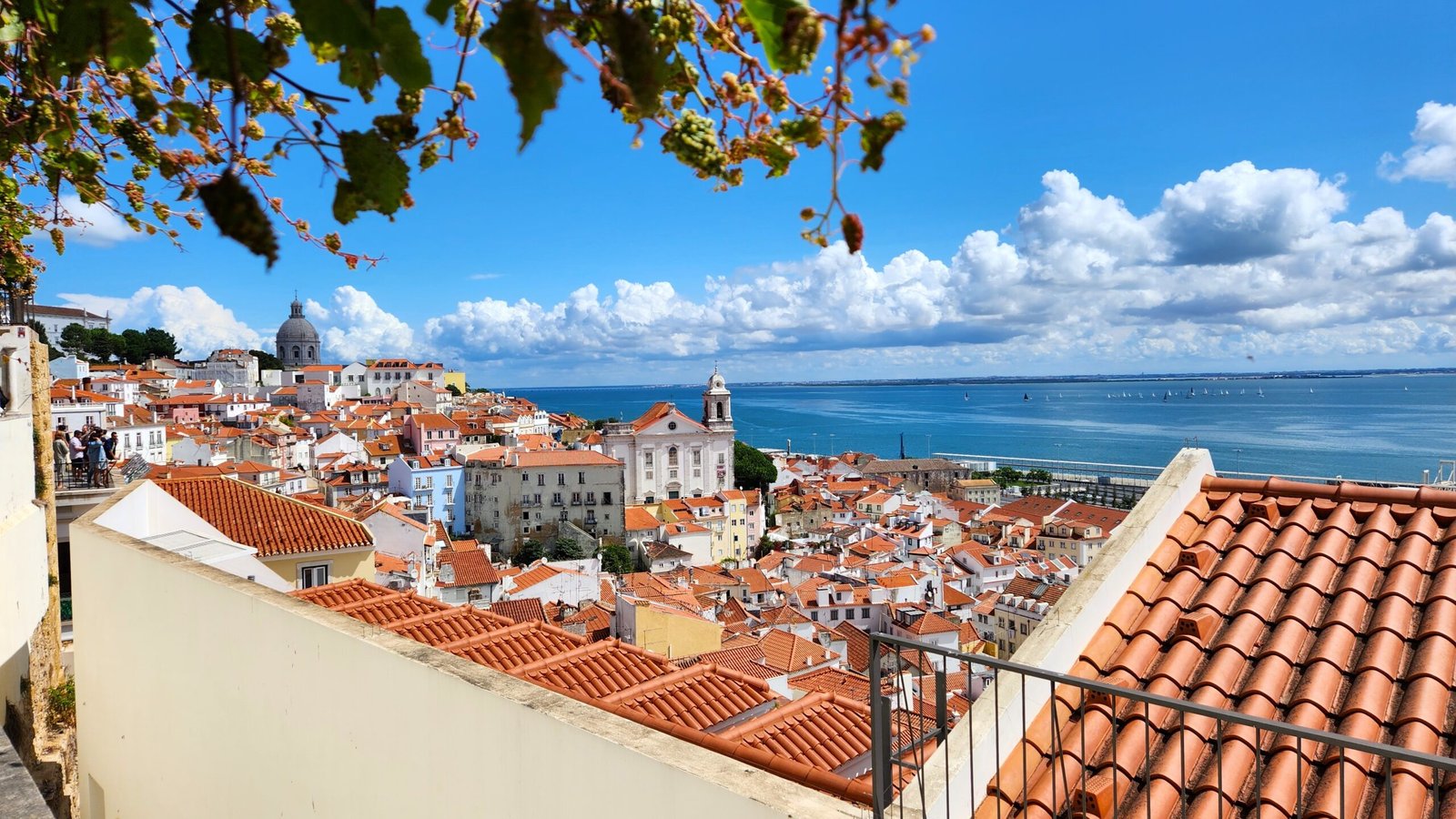
Where/What To Eat & Drink
You will find loads of restaurants and cafes in the Rua Augusta and Rua de São Nicolau in the Baixa area where you will find all sorts of cuisines but mainly Portuguese. Most of these places will be geared towards tourists and be on the expensive side. If you are after cheaper food and a more local experience you will need to look outside Baixa area.
Pastéis de Belém
Pastéis de Belém is a legendary Pastel de Nata bakery in the Belem neighbourhood. This place has been making Pastel de Nata here by hand with traditional ingredients since 1837. The story goes that Pastel de Nata was invented by the monks in Jeronimos Monetary and that original recipe was handed over to Pasteis de Belem and that recipe is still being used today. And the question is does it live up tot he hype? that is a big YES!
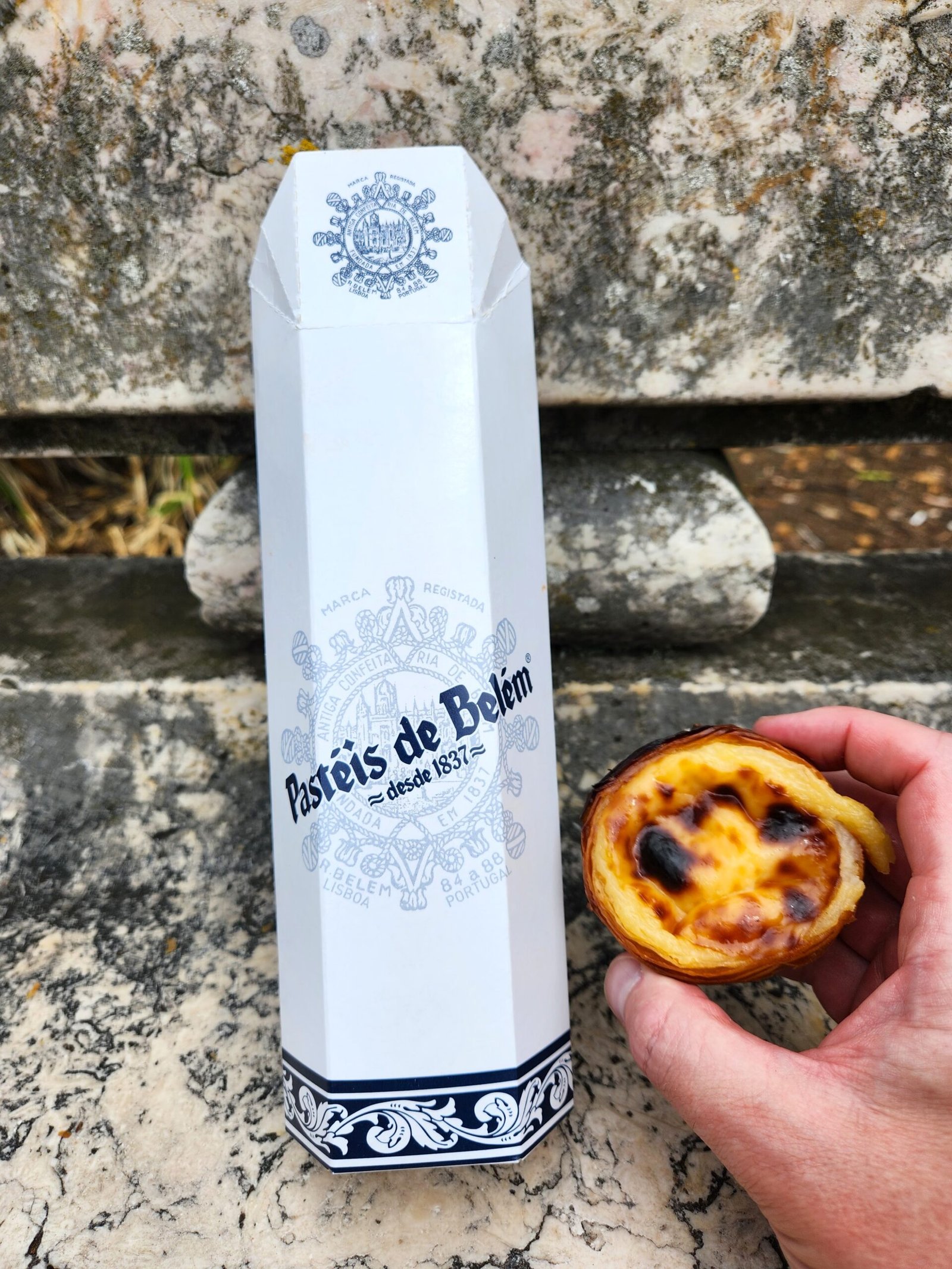
Time Out Market
Lisbon’s Time Out Market which is located in the historic Mercado da Ribeira. This place is really busy and bustling especially around lunch time but we really liked the vibe here. There are loads of stalls that line the food hall with all sorts different cuisines as well as local dishes. We tried Prego here a Portuguese meat sandwich that is served on a Portuguese flat bread called Bolo and it was delish.
Some other dishes to try when in Lisbon:
Arroz de Marisco: A seafood rice dish that has almost a soupy consistency. The dish is warming, flavourful and delicious.
Pastéis de Bacalhau: A dish made with mashed potatoes, onions, parsley, and shredded salt cod. The mixture is shaped into small cakes and then deep-fried until golden brown and crispy. They are often served as an appetizer or snack, but can also be enjoyed as a main course.
Ginjinha: A Portuguese liqueur made from cherries and is often served in edible chocolate cups.
Next Stop:
- Funchal: Discover Madeira’s historic capital!
- Explore London’s Little Venice and Camden Town
- Madeira Top 10 Things to do
Also check out our YouTube video below 👇

